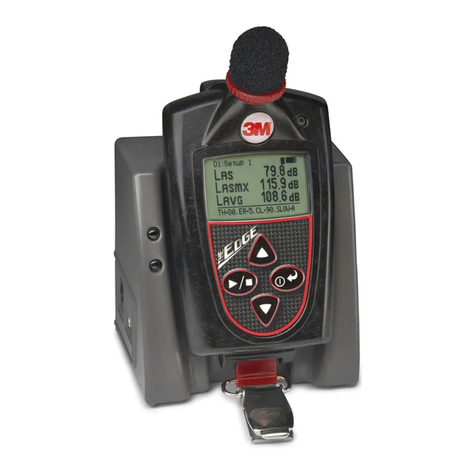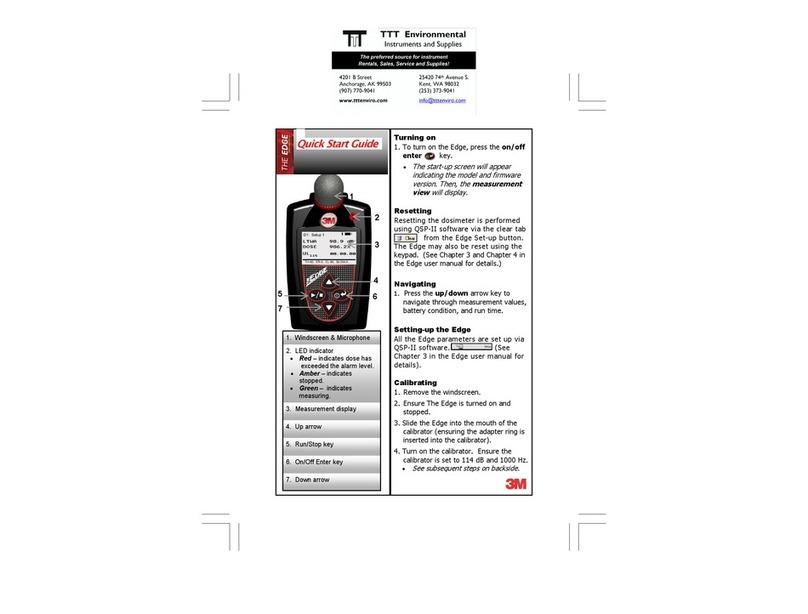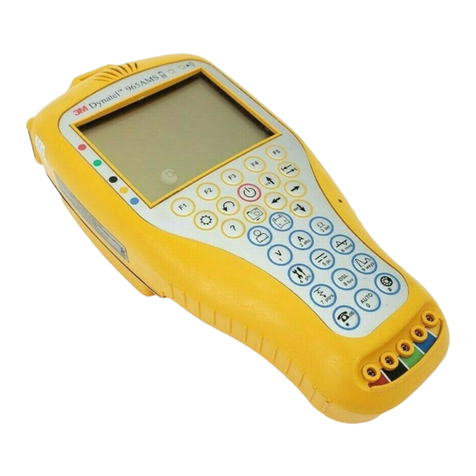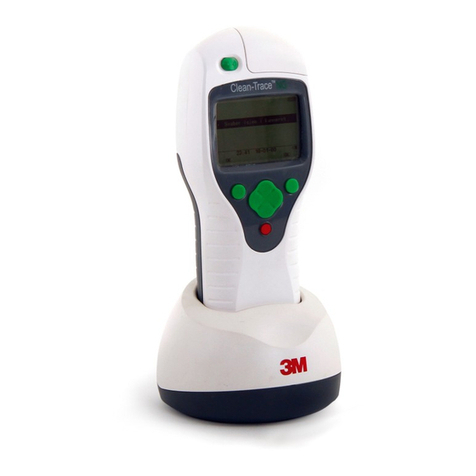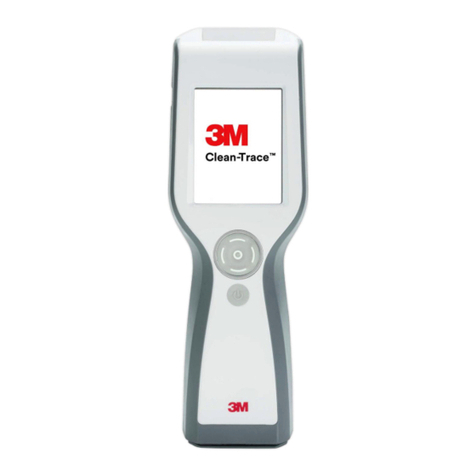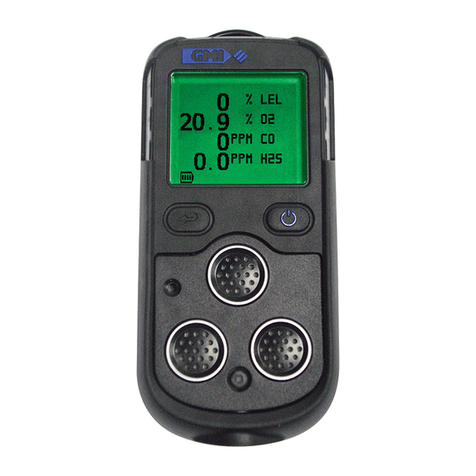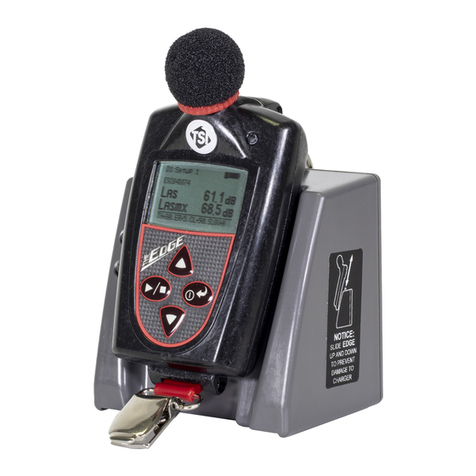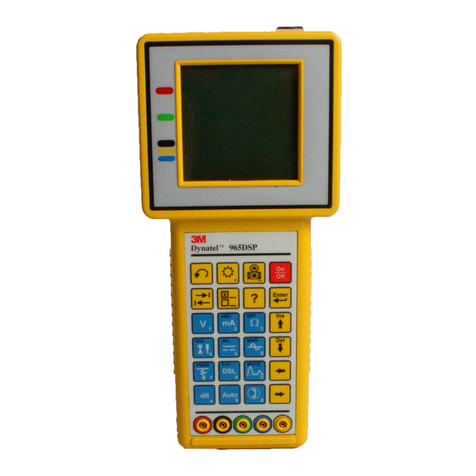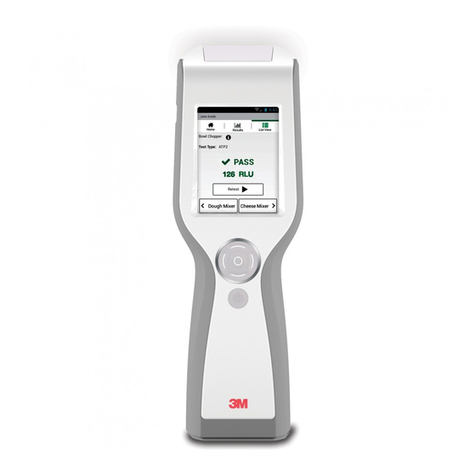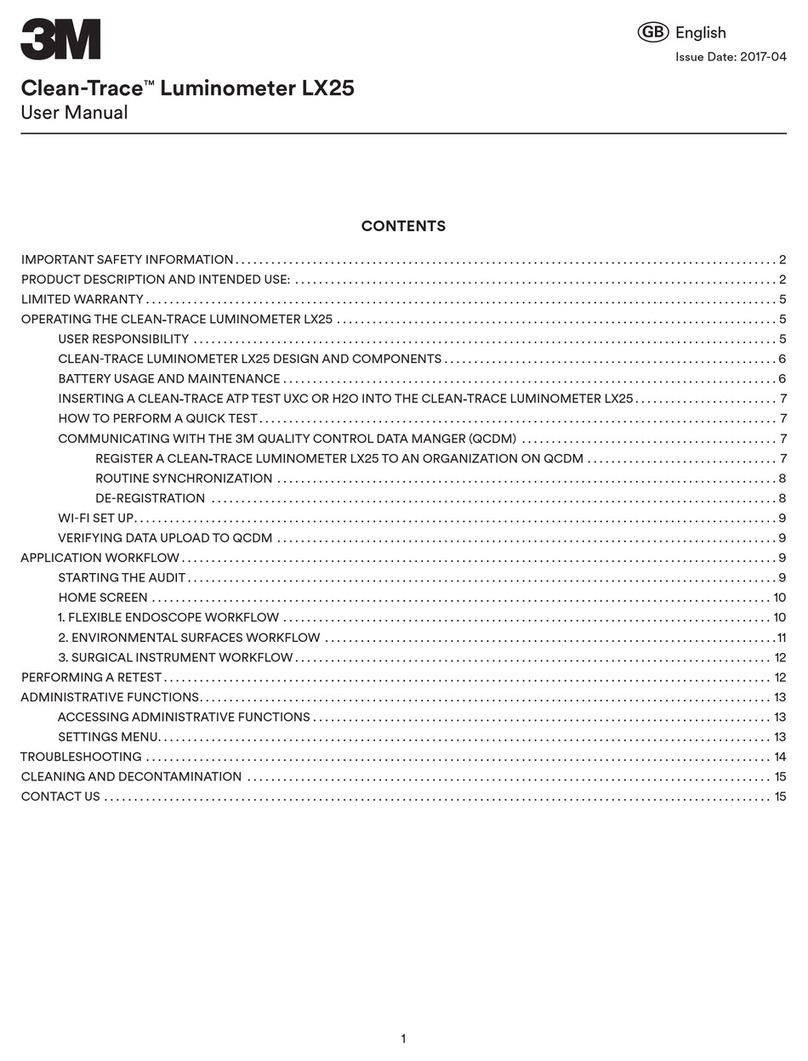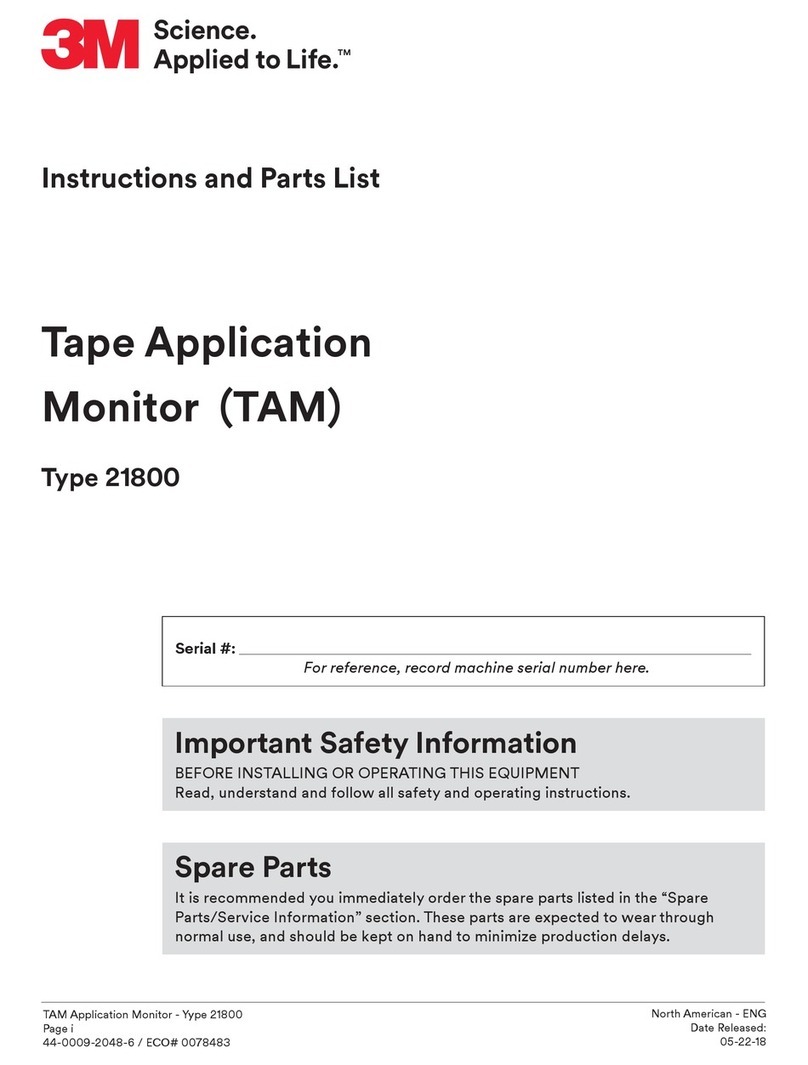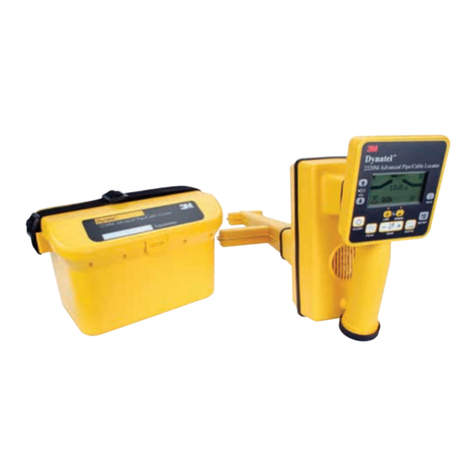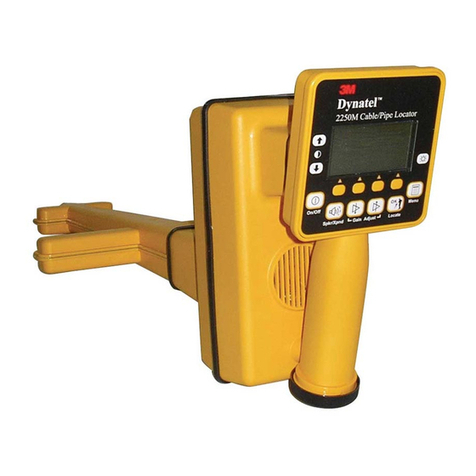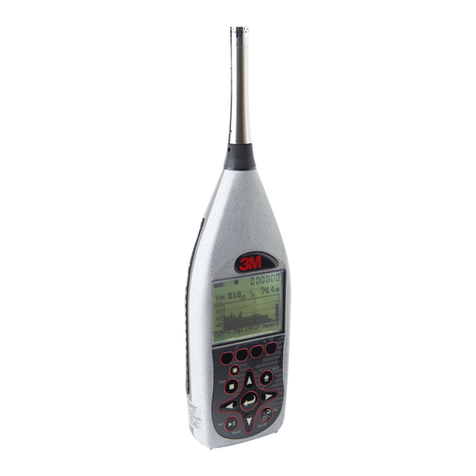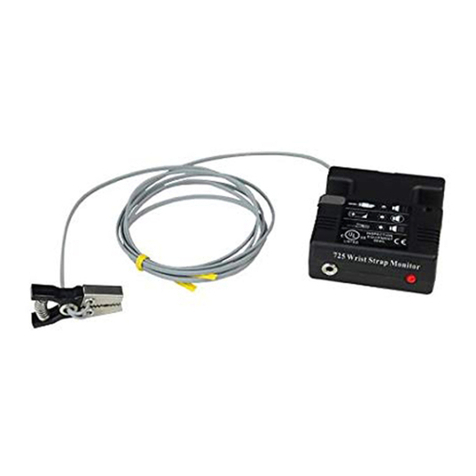
2 78-9000-5020-0 Rev C
Contents
1.0 Safety Information .........................................................................................................5
2.0 About This Manual.........................................................................................................6
3.0 Quick Start .....................................................................................................................7
A. Locator Battery .................................................................................9
B. Charging the Receiver Battery.................................................................................9
C. Using Alkaline batteries...........................................................................................9
D. Transmitter Battery Installation.............................................................................10
E. 2200RB Battery Information.................................................................................10
F. 3M™Dynatel™ Locator 7550 Transmitter Keypad and Connector Denitions......11
G. 3M™Dynatel™ Locator 7573 Transmitter Keypad and Connector Denitions.........11
H. Maximum Transmitter Output...............................................................................12
I. Cleaning Receiver and Transmitter Units.......................................................... ....13
J. Service and Accessoies...........................................................................................13
K. Receiver External Cable Ports Denitions ...........................................................13
L. Receiver Locate Screen Denitions.......................................................................14
M. 3M™Dynatel™ Receiver 7500 Keypad Denitions .......................................... ...14
4.0 Menu Screens...............................................................................................................15
A. MAIN MENU/LOCATE MENU..........................................................................15
5.0 Conguring The Receiver............................................................................................18
A. Selecting Depth Units ...........................................................................................18
B. Setting the Receiver Clock....................................................................................18
C. Selecting a Language ............................................................................................18
D. Enabling/Disabling Locating Frequencies............................................................19
E. Selecting Locating Modes (Antenna Modes) ........................................................19
F. Selecting External Jack Frequencies (Tone Frequencies)......................................20
G. Creating User Dened Frequencies ......................................................................20
H. Filtering Power Frequency Interference
(User Dened Frequencies Only) ..............................................................................21
I. Selecting Locating Audio .......................................................................................21
J. Adjusting Display Contrast ....................................................................................21
6.0 Locating Buried Cables and Pipes ...............................................................................22
A. Transmitter Connections .......................................................................................22
7.0 Receiver Locating Trace Modes ..................................................................................29
A. Trace View (T-View).............................................................................................29
B. Special Peak (Spl Pk) ............................................................................................31
C. Inductive Peak (Ind Pk).........................................................................................31
D. Directional Peak (Dir Pk)......................................................................................31
E. Directional Null (DirNull).....................................................................................32
F. Expanded Mode .....................................................................................................33
8.0 Depth and Current Estimation .....................................................................................34
9.0 Locating Frequencies...................................................................................................35
A. Active Frequencies................................................................................................35
B. Power Frequencies ................................................................................................35
C. Passive Frequencies...............................................................................................36
D. Auxiliary Frequencies ...........................................................................................36

